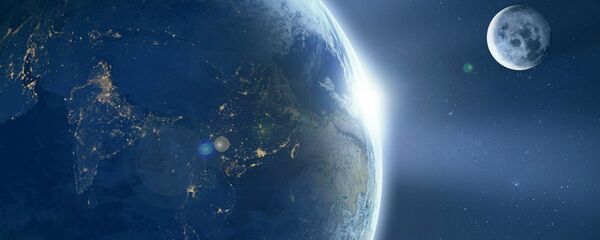In its second moon mission, the Indian Space Research Organisation (ISRO) has chosen as landing site above 70-degrees latitude, a location no other country has gone before. The mission, named Chandrayaan-2, is mainly aimed at exploring the presence of critical raw materials and the distribution of water on the Moon's surface.
After making every Indian proud with the success of Chandrayaan-1 and Mars Orbiter Spacecraft, I am glad to know that ISRO is gearing up for the launch of Chandrayaan-2 early next year. @isro #NRSC pic.twitter.com/p8jcA3nsGA
— VicePresidentOfIndia (@VPSecretariat) September 24, 2018
"As we begin a wider exploration of space and the solar system, Moon could form the base for fuel and oxygen and other critical raw materials. If Moon can be considered a pit-stop for resources including water, space transportation could be more affordable as some studies have shown," the ISRO mentions on its website.
The ISRO is hopeful that the dual frequency Synthetic Aperture Radar (SAR) experiment conducted in this mission will further refine sensitivity to sub-surface water.
"Along with a mass spectrometer that can study the exosphere for much longer durations, Chandrayaan-2 truly has a unique opportunity to provide major findings on the important subject of water on the Moon," says the ISRO's website.
READ MORE: India to Explore Nuclear Energy Source in Moon's Southern Hemisphere
Evidence for subsurface water (tens of meters deep) emerged from the synthetic aperture radars deployed on lunar missions, including those on Chandrayaan-1 and LRO to date. In August this year, NASA scientists, using data from the Chadrayaan-1 (India's first lunar mission), confirmed frozen water deposits in the darkest and coldest parts of the moon's polar regions.
After a lull of decades, every space agency in the world is planning missions to the moon to search for critical natural resources that could be mined and brought back to earth. China plans a soft-landing to the unexplored far side of the moon in December this year, while the US' NASA also plans a lunar orbiter by the early 2020s.



